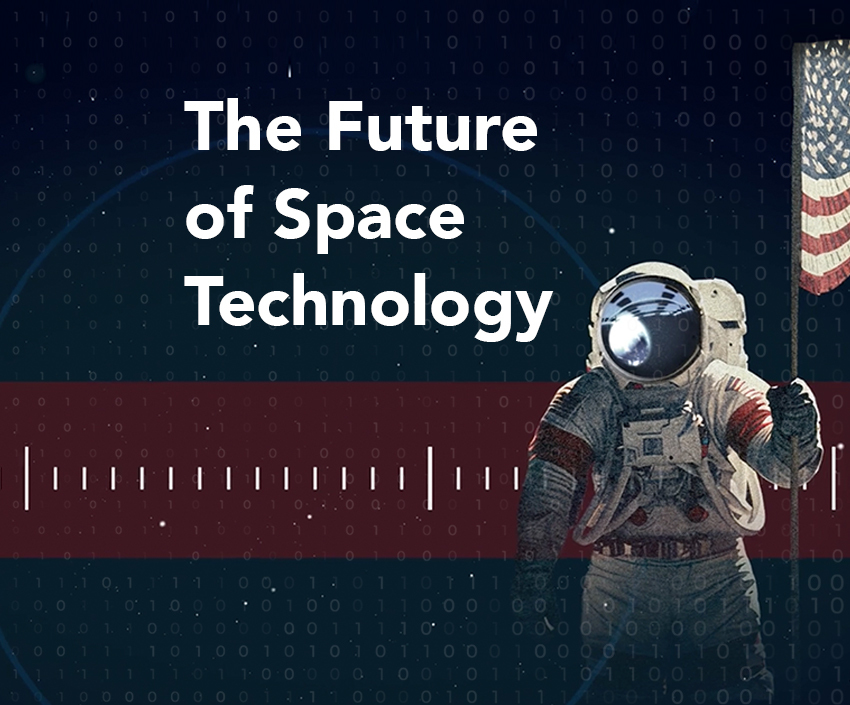The Space Race ignited a technological revolution that has fundamentally reshaped the daily lives of nearly every individual on the planet. From global positioning system satellites and the smartphones in our pockets to water purification systems, portable defibrillators, and ultrasound machines, countless technological breakthroughs are deeply rooted in the Space Race between the United States and the Soviet Union. As we stand on the brink of a new era in space technology, driven by increasing privatization and commercialization, the potential for equally transformative advancements is within reach.
The Space Race ignited a technological revolution that has fundamentally reshaped the daily lives of nearly every individual on the planet. From global positioning system satellites and the smartphones in our pockets to water purification systems, portable defibrillators, and ultrasound machines, countless technological breakthroughs are deeply rooted in the Space Race between the United States and the Soviet Union. As we stand on the brink of a new era in space technology, driven by increasing privatization and commercialization, the potential for equally transformative advancements is within reach.
RELATED SOURCES:
- Learn more about emerging technologies and the Stanford Emerging Technology Review (SETR).
- Read SETR Chapter on Space.

Simone D’Amico
W. M. Keck Faculty Scholar of EngineeringSimone D’Amico is associate professor of aeronautics and astronautics and professor, by courtesy, of geophysics at Stanford University, where he serves as the W. M. Keck Faculty Scholar of Engineering. His research explores the intersection of advanced astrodynamics, spacecraft navigation and control, autonomous decision making, and space system engineering. He currently leads satellite swarm and formation-flying projects for NASA and the National Science Foundation. He received his PhD in aerospace engineering from Delft University of Technology.


